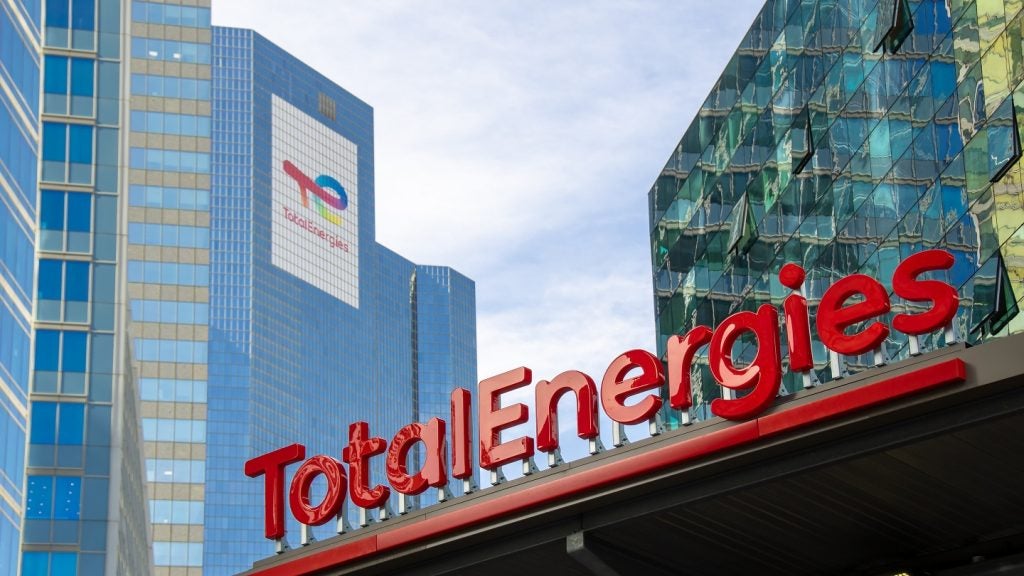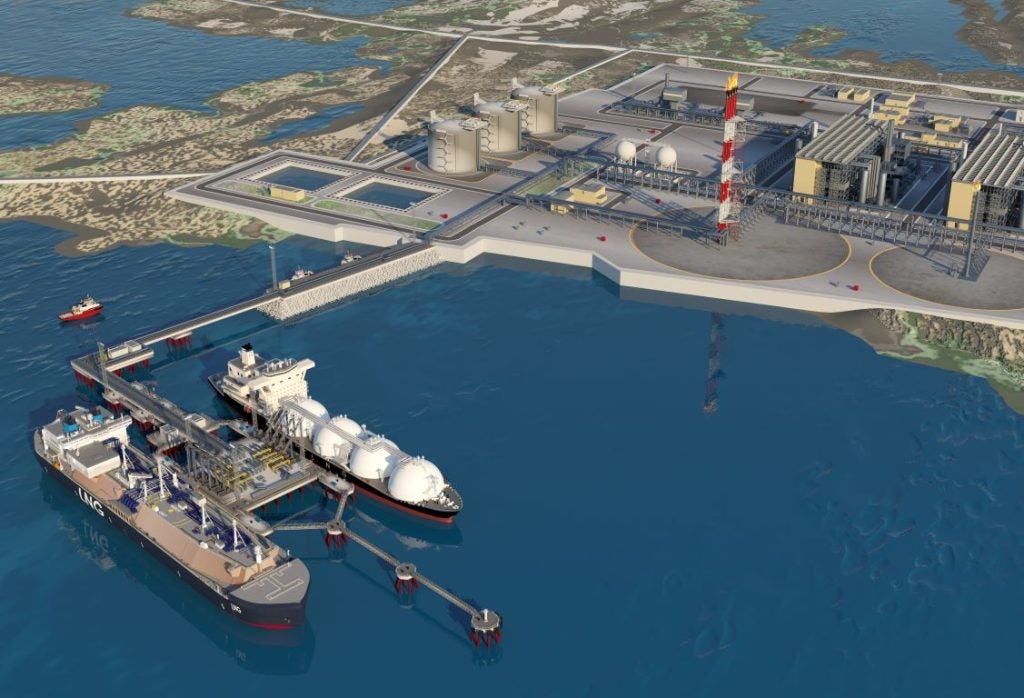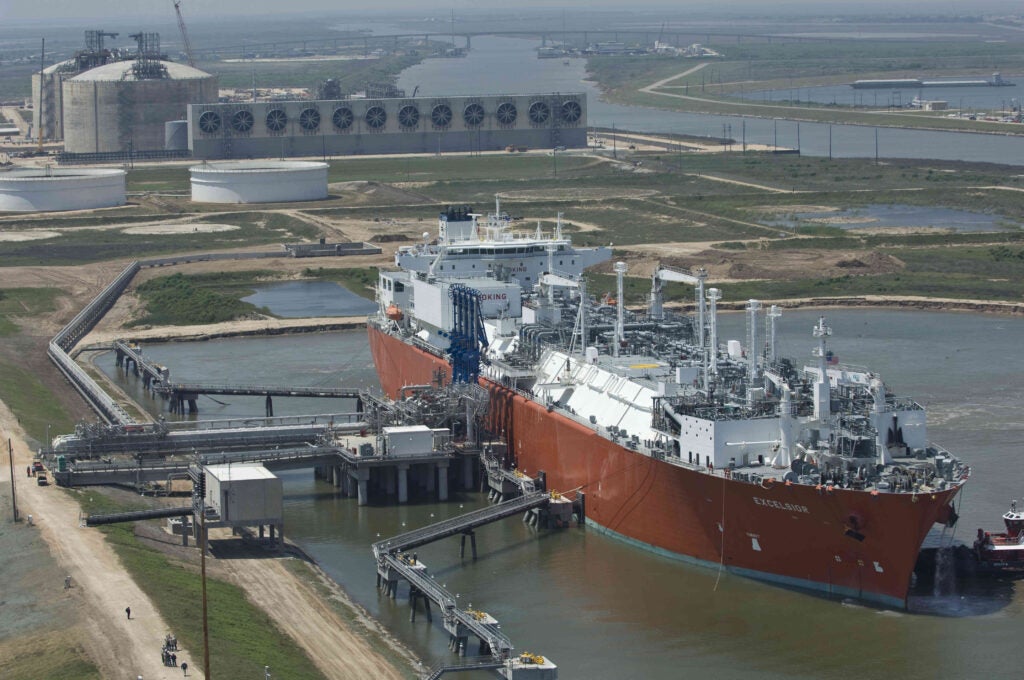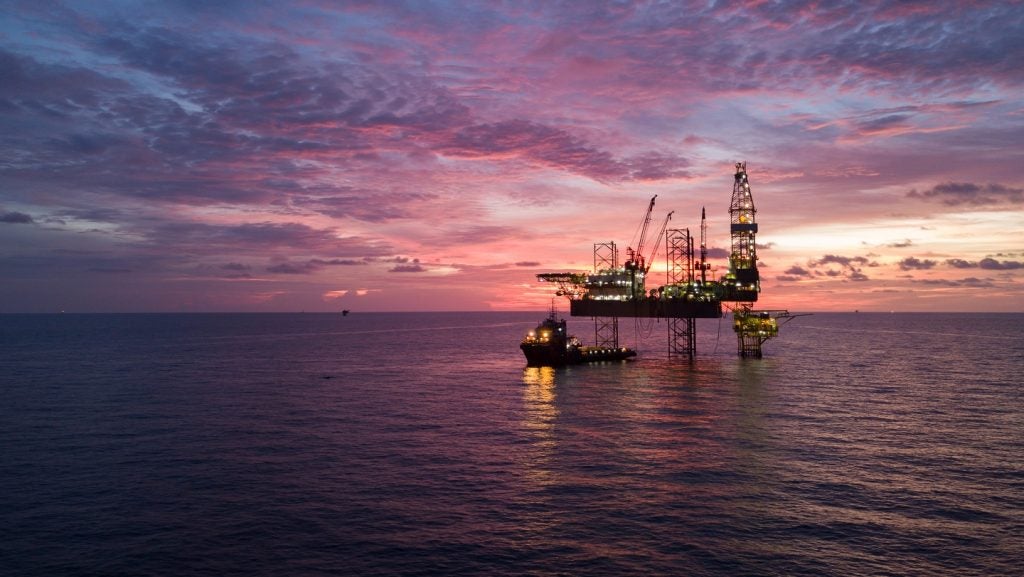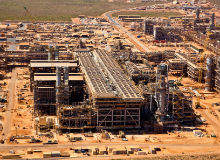
The three train Gorgon project – which to date has made only one LNG shipment – has a $54bn price tag. But even this substantial sum is already billions of dollars over budget. And it is almost certain to rise still further at a time when LNG spot prices have tanked to under $5 per thousand cubic feet of natural gas (Mcf) – a fall of two thirds since 2014.
Indeed, recent reports suggest that Petronet LNG has already begun negotiations with ExxonMobil, one of the joint venture (JV) partners, to lower the price of gas imported under its Gorgon contract. Some estimates put the cost to operator Chevron of fixing Train 1 at an additional $50-$100m. The opportunity cost, however, could be $250-$300m in delayed revenues.
As of mid-June, there was still no clear decision as to when LNG shipments will resume. A Chevron spokesman indicated at the end of May that production could be resumed before the beginning of July, although the sailing date of Gorgon’s second LNG cargo is uncertain. Mark Renton, oil and LNG analyst at Lloyd’s List Intelligence in London whose main remit is keeping track of global LNG shipping explained that, “as yet we have no update as to when exports are due to resume from the Barrow Island facility.” A London shipping source at Clarksons shipbrokers also confirmed that the timing was not yet clear.
“Things are going to be delayed and there will be some slippage from the original timetable,” he said.
The general view among the analysts contacted is that although the delay is unfortunate, it is not necessarily yet disastrous to the project’s long-term viability.
Luana Siegfried, equity research associate at Raymond James certainly doesn’t see the challenges as insurmountable. “We don’t think there are insuperable challenges in Gorgon, what happened was an unplanned shutdown very common in mega-projects like Gorgon,” says Siegfried.
How well do you really know your competitors?
Access the most comprehensive Company Profiles on the market, powered by GlobalData. Save hours of research. Gain competitive edge.

Thank you!
Your download email will arrive shortly
Not ready to buy yet? Download a free sample
We are confident about the unique quality of our Company Profiles. However, we want you to make the most beneficial decision for your business, so we offer a free sample that you can download by submitting the below form
By GlobalData“In the absence of granular detail on Gorgon’s off-take agreements, we simply assume a slope of 0.14 versus Brent to price the LNG,” she adds. Siegfried did however concede that all of Australia’s six LNG projects – which are due to come online by the end of 2017 – are starting up “amid the roughest LNG market conditions at least since the global financial crisis.
“Under better commodity market conditions, winning this ‘race’ would have meant a lot more than it does now.”
Mounting challenges in a very different market
Even aside from the technical setbacks – some of which stem from the project’s challenging location 60km off Australia’s coast – it is inarguable that Australia’s Gorgon LNG project will face stiff challenges in the years ahead. With a nameplate capacity of 15.6 million tonnes per year (tpy) of product and an expected lifespan of 40 years, Gorgon is one of the largest LNG projects in the world. However, the outlook for LNG going forward, compared with 2009 when the final investment decision (FID) on the project was made, could hardly be more different.
Ten years ago, China’s economic growth rate was in double figures and the country was on the cusp of making the all-important switch from dirty coal to clean gas. LNG got another boost from Asia when Japan’s nuclear power plants (NPPs), which supplied around 30% of the country’s electricity, were taken offline after the 2011 tsunami and Fukushima disaster. The result was a dramatic increase in imports of LNG, not only from Japan but also South Korea, following the failure of new post-Fukushima safety checks at one of its NPPs.
The outlook is now murkier, with recent oil and LNG price movements offering a conflicting picture. China’s economic slowdown has reduced its demand for LNG and Japan is bringing its NPPs back online. A surge in US LNG exports is also about to get underway as Cheniere Energy, the first US exporter of domestic shale gas, plans to begin exporting LNG in August from a second facility at its Sabine Pass terminal in Louisiana. As of this year, up to 27 North American LNG import-export projects have been proposed to the Federal Energy Regulatory Commission (FERC), though it is unlikely that all of these will be realised.
Low LNG prices cause real headaches
All of this has helped reduce LNG spot prices. This decline has given the Gorgon partners -dominated by Chevron, Royal Dutch Shell and ExxonMobil – a real headache when it comes to selling the project’s long-term contracts. Some estimates suggest that Chevron’s older 25-year contracts were benchmarked to 14.85% of a barrel of Brent crude, with an additional $0.50-$1 premium. However, Chevron’s most recent deals, inked since December last year, are only for ten-year periods with a floor price, and are estimated to be 12.2%-12.3% of crude oil in addition to a small fee.
By way of contrast to the falling LNG spot price, an optimistic outlook is supplied by the strengthening of crude oil prices in the first six months of this year. At around $45 per barrel by mid-year, prices are now close to double what they were in January. US oil production has fallen significantly since the start of 2016, while disturbances in Nigeria have led to a marked drop in its crude oil exports. These factors have provided an additional bullish tone. In a May note, Goldman Sachs opined that the oil market is currently in deficit.
And this, according to Siegfried could make all the difference. “Under a higher oil price environment, the [Gorgon] project is more profitable than otherwise,” she explains. She also made the point that Gorgon is ramping up the trains gradually to 2018, which should provide time for market conditions to improve still further.
The majority of LNG sales from Gorgon are indexed to crude, so the higher crude prices go the more those oil-indexed long-term contracts earn. Gorgon’s long life expectancy, which should see it producing LNG well into the second half of this century, is seen as another positive factor. In the coming decades, economic growth in the Asia-Pacific countries is expected to accelerate even as China’s economy matures. And Chevron is making sure that its Gorgon project is well-positioned to take advantage of the improved market conditions.
Train 4: only time will tell
At the end of May, the Gorgon JV partners received environmental sign-off for a fourth LNG train. If built, this would take the Barrow Island facility’s nameplate capacity beyond its currently planned 15.6 million tpy and turn it into Australia’s biggest LNG producer. A Chevron spokesman cautiously welcomed the ruling saying the Gorgon participants have not yet made a decision to proceed with a fourth LNG train, and that the priority remains on the Gorgon foundation project. However, he continued: “The Federal [environmental] decision provides further certainty around the environmental conditions should a fourth LNG train be developed in the future.”
The supply and demand cycle for LNG, like any other mega project with a long lead time, never moves in sync. Only time will tell whether the Gorgon JV partners have judged the market correctly and will be one of the ‘winners’. A recent report is pessimistic about the prospects for the LNG market as a whole. It suggests that over $300bn will be spent globally on new projects by 2020, resulting in an oversupply of around 20 million tonnes of LNG. If this outlook is borne out, then it becomes abundantly clear that ironing out any outstanding technical glitches at Barrow Island is, at the very least, an absolute prerequisite to ensuring that the project ends up being one of the ‘winners’.



